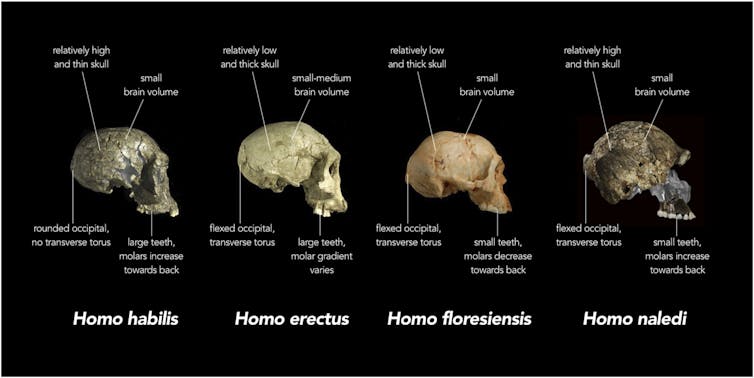Australia’s upstream oil and gas industry is playing a vital role in continuing to support the nation’s economic recovery from COVID-19, and there is opportunity to secure a new phase of long-term investment and growth, creating jobs and helping repair public finances, according to a new report commissioned by APPEA.
The report, , undertaken by EY, details the role the industry can play in economic recovery and the benefits that can flow from unleashing the industry’s full economic potential.
The report does however note that securing this investment requires investment in new exploration and active steps to improve Australia’s competitiveness through effective policy settings.
APPEA Chief Executive Andrew McConville said while the report acknowledged the strong headwinds and challenges brought on by the COVID-19 pandemic, unlocking new energy resources at scale will help to build wealth, economic resilience and whole-of-economy gains for Australia.
“Delivering these benefits will require investment in new exploration and production projects and this is dependent on having the right investment settings in place. Currently, there are barriers to investment and additional interventions being proposed are an even greater disincentive,” Mr McConville said.
Mr McConville said a decade of regulatory instability and market interventions in Australia, coupled with being a relatively high-cost investment destination, has reduced investment confidence in many industries, including oil and gas.
“So we must address Australia’s competitive position through effective policy settings to encourage, rather than deter, long term investment. Without concerted action, Australia’s ability to harness new investment will be greatly diminished,” Mr McConville said.
“Relatively simple changes to the timing of some investment allowances and improved regulatory arrangements – along with maintaining stability in the tax regimes – would make Australia much more competitive for global investment.
“A growing oil and gas industry means more economic benefits for everyone, supporting job creation and profits in industries across the economy, including construction, trade, business services and finance, and manufacturing.
“Economic recovery is not about just manufacturing. It is about every part of our economy, regional jobs, international trade and major infrastructure investment.”
Mr McConville said the economic dividends from stimulating a new wave of oil and gas developments in Australia are large.
Building on the industry’s investment of an estimated $473 billion in the Australian economy over the past decade, including about $305 billion invested in Australian LNG projects, the EY report modelled two alternative growth scenarios:
- A “low growth scenario” – Industry expansion under the low growth scenario is estimated to raise national economic output by around $24.6 billion and generate close to 11,000 jobs over the next five years as Australia recovers from the COVID-19 recession.
- A “high growth scenario” – The potential impacts of a high growth scenario for the industry are much higher, reflecting the gains from investments which open-up and capitalise on new gas provinces. Under this step change growth trajectory, national economic output is estimated to be over $350 billion higher and will boost employment by 220,000 jobs over the next 20 years.
The EY report also found for every billion dollars of industry activity lost through regulation there could be an overall efficiency loss of up to $1.79 billion to the economy.
Mr McConville said: “The gains from reinvigorated activity in the oil and gas industry have the potential to spread throughout the economy, boosting demand for services and generating wealth for all Australians.
“As the economy continues to recover from COVID-19, the industry stands ready to provide energy security for homes and manufacturing businesses, generate jobs through exploration and new operations, provide taxation revenue to build schools, roads and hospitals and strengthen our economy.”








